Peanuts, known as “pi-nattsu” in Japanese, are a popular and versatile ingredient that can be found in many types of Japanese cuisine. Despite their name, peanuts are actually not true nuts, but rather legumes that are commonly used in both savory and sweet dishes in Japan. In this article, we will explore the various ways that peanuts are used in Japanese cuisine, from traditional dishes to modern interpretations, and learn more about their cultural significance and health benefits. In Japan, peanuts are often enjoyed as a snack, either on their own or as part of a trail mix with other nuts and dried fruits.
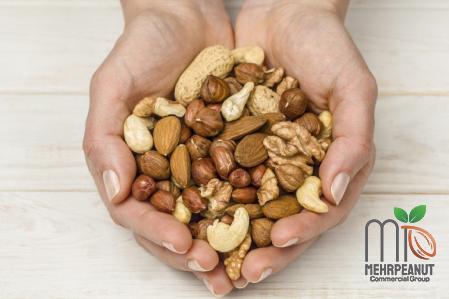
.
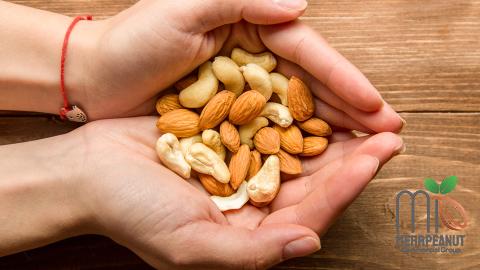 Roasted peanuts, known as “irigoma,” are a common sight at convenience stores and supermarkets, where they are sold in individual packets or in bulk. These crunchy snacks are popular with people of all ages and are often enjoyed with a cold beer or a cup of green tea. Peanuts also play a prominent role in traditional Japanese sweets and desserts. One classic example is “arare,” which are bite-sized rice crackers that are coated in a sweet and savory glaze made from soy sauce and sugar. Peanuts are often added to the mix to provide an extra crunch and nutty flavor. Another popular sweet that features peanuts is “senbei,” a type of rice cracker that can be either savory or sweet. Sweet senbei often include peanuts as a topping, adding a delicious contrast of textures and flavors. In addition to their role in snacks and sweets, peanuts are also used in savory dishes in Japanese cuisine. One classic example is “gomaae,” a side dish made from blanched vegetables that are dressed in a creamy sesame sauce. Peanuts are often added to gomaae to provide a crunchy texture and a rich nuttiness that complements the sesame flavors. Another popular dish that features peanuts is “hiyashi chuka,” a cold noodle salad that is often served as a refreshing summer dish. Peanuts are a common topping for hiyashi chuka, adding a satisfying crunch and a burst of flavor to the dish. Peanuts are also used in modern interpretations of Japanese cuisine, where chefs are constantly experimenting with new flavors and techniques.
Roasted peanuts, known as “irigoma,” are a common sight at convenience stores and supermarkets, where they are sold in individual packets or in bulk. These crunchy snacks are popular with people of all ages and are often enjoyed with a cold beer or a cup of green tea. Peanuts also play a prominent role in traditional Japanese sweets and desserts. One classic example is “arare,” which are bite-sized rice crackers that are coated in a sweet and savory glaze made from soy sauce and sugar. Peanuts are often added to the mix to provide an extra crunch and nutty flavor. Another popular sweet that features peanuts is “senbei,” a type of rice cracker that can be either savory or sweet. Sweet senbei often include peanuts as a topping, adding a delicious contrast of textures and flavors. In addition to their role in snacks and sweets, peanuts are also used in savory dishes in Japanese cuisine. One classic example is “gomaae,” a side dish made from blanched vegetables that are dressed in a creamy sesame sauce. Peanuts are often added to gomaae to provide a crunchy texture and a rich nuttiness that complements the sesame flavors. Another popular dish that features peanuts is “hiyashi chuka,” a cold noodle salad that is often served as a refreshing summer dish. Peanuts are a common topping for hiyashi chuka, adding a satisfying crunch and a burst of flavor to the dish. Peanuts are also used in modern interpretations of Japanese cuisine, where chefs are constantly experimenting with new flavors and techniques.
..
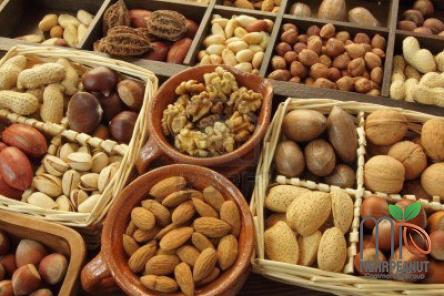 One popular example is “peanut tofu,” a vegan alternative to traditional tofu that is made from ground peanuts instead of soybeans. Peanut tofu has a rich and creamy texture that is similar to traditional tofu, making it a versatile ingredient that can be used in a variety of dishes. Another modern twist on peanuts is “peanut ramen,” a creamy and flavorful noodle soup that features a broth made from peanuts and soy sauce. This dish is a comforting and satisfying meal that is perfect for cold winter days. In addition to their delicious flavor and versatility in the kitchen, peanuts also offer a variety of health benefits. Peanuts are a good source of protein, fiber, and healthy fats, making them a nutritious and filling snack option. They are also rich in vitamins and minerals, including vitamin E, magnesium, and potassium, which are important for overall health and wellbeing. Studies have shown that peanuts may also have cardiovascular benefits, as they can help to lower cholesterol levels and reduce the risk of heart disease. In conclusion, peanuts are a versatile and delicious ingredient that plays a prominent role in Japanese cuisine. From traditional snacks and sweets to modern interpretations and health benefits, peanuts offer a wide range of culinary possibilities. Whether you enjoy them roasted as a snack or in a savory dish or dessert, peanuts are sure to add a satisfying crunch and nutty flavor to any meal. So next time you’re looking for a tasty and nutritious ingredient to add to your cooking repertoire, consider incorporating peanuts into your culinary creations – you won’t be disappointed! Peanuts, or “pi-nattsu” in Japanese, are a beloved ingredient in Japanese cuisine that adds a unique flavor and texture to a variety of dishes. Whether enjoyed as a snack, incorporated into traditional sweets, or used in modern interpretations of Japanese recipes, peanuts offer a versatile and delicious addition to the culinary landscape. One popular way that peanuts are enjoyed in Japanese cuisine is in the form of peanut butter. While not as widely consumed as in Western countries, peanut butter has gained popularity in Japan in recent years. Japanese-style peanut butter is often made with a combination of roasted peanuts, sugar, and a touch of salt, resulting in a creamy and slightly sweet spread that can be enjoyed on toast, mixed into oatmeal, or used as a dip for fruits and vegetables. Peanut butter is also used in baking in Japan, adding a rich and nutty flavor to a variety of sweet treats. One classic example is “peanut butter mochi,” a chewy rice cake that is filled with a sweet peanut butter filling.
One popular example is “peanut tofu,” a vegan alternative to traditional tofu that is made from ground peanuts instead of soybeans. Peanut tofu has a rich and creamy texture that is similar to traditional tofu, making it a versatile ingredient that can be used in a variety of dishes. Another modern twist on peanuts is “peanut ramen,” a creamy and flavorful noodle soup that features a broth made from peanuts and soy sauce. This dish is a comforting and satisfying meal that is perfect for cold winter days. In addition to their delicious flavor and versatility in the kitchen, peanuts also offer a variety of health benefits. Peanuts are a good source of protein, fiber, and healthy fats, making them a nutritious and filling snack option. They are also rich in vitamins and minerals, including vitamin E, magnesium, and potassium, which are important for overall health and wellbeing. Studies have shown that peanuts may also have cardiovascular benefits, as they can help to lower cholesterol levels and reduce the risk of heart disease. In conclusion, peanuts are a versatile and delicious ingredient that plays a prominent role in Japanese cuisine. From traditional snacks and sweets to modern interpretations and health benefits, peanuts offer a wide range of culinary possibilities. Whether you enjoy them roasted as a snack or in a savory dish or dessert, peanuts are sure to add a satisfying crunch and nutty flavor to any meal. So next time you’re looking for a tasty and nutritious ingredient to add to your cooking repertoire, consider incorporating peanuts into your culinary creations – you won’t be disappointed! Peanuts, or “pi-nattsu” in Japanese, are a beloved ingredient in Japanese cuisine that adds a unique flavor and texture to a variety of dishes. Whether enjoyed as a snack, incorporated into traditional sweets, or used in modern interpretations of Japanese recipes, peanuts offer a versatile and delicious addition to the culinary landscape. One popular way that peanuts are enjoyed in Japanese cuisine is in the form of peanut butter. While not as widely consumed as in Western countries, peanut butter has gained popularity in Japan in recent years. Japanese-style peanut butter is often made with a combination of roasted peanuts, sugar, and a touch of salt, resulting in a creamy and slightly sweet spread that can be enjoyed on toast, mixed into oatmeal, or used as a dip for fruits and vegetables. Peanut butter is also used in baking in Japan, adding a rich and nutty flavor to a variety of sweet treats. One classic example is “peanut butter mochi,” a chewy rice cake that is filled with a sweet peanut butter filling.
…
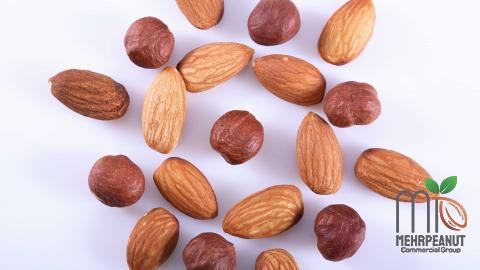 Another popular dessert that features peanut butter is “peanut butter dorayaki,” which are small pancake-like sandwiches filled with a creamy peanut butter filling. These treats are a delicious combination of sweet and savory flavors that are sure to satisfy your sweet tooth. In addition to their use in snacks, sweets, and desserts, peanuts are also incorporated into savory dishes in Japanese cuisine. One popular dish that features peanuts is “goma-ae,” a side dish made from blanched vegetables that are coated in a sweet sesame dressing. Peanuts are often added to goma-ae to provide a crunchy texture and a nutty flavor that complements the earthy sesame dressing. Another savory dish that includes peanuts is “satay,” a grilled skewer dish that is often served with a peanut sauce for dipping. The creamy and aromatic peanut sauce adds a depth of flavor to the tender grilled meat or vegetables, making satay a favorite among many diners. Peanuts are also used in Japanese noodle dishes, adding a satisfying crunch and rich flavor to the meal. One popular example is “tantanmen,” a spicy noodle soup that features a creamy and savory peanut broth. The addition of peanuts to the broth adds a nutty undertone that complements the heat of the spices, creating a complex and delicious flavor profile. Another noodle dish that includes peanuts is “hiyashi tanuki udon,” a cold noodle salad that is topped with crispy tempura batter and peanuts. The peanuts provide a delightful crunch to the dish, balancing the soft noodles and savory broth. In modern Japanese cuisine, chefs are experimenting with new and innovative ways to incorporate peanuts into their dishes. One creative example is “peanut miso,” a savory and umami-rich condiment that is made from a blend of miso paste and ground peanuts. Peanut miso can be used as a marinade for grilled meats, a dipping sauce for vegetables, or a dressing for salads, adding a depth of flavor and a touch of nuttiness to any dish. Overall, peanuts are a versatile and delicious ingredient that adds a unique flavor and texture to a wide range of Japanese dishes. Whether enjoyed in traditional snacks and sweets or used in modern interpretations of classic recipes, peanuts offer a satisfying crunch and a rich nutty flavor that can elevate any meal. So next time you’re in the kitchen, consider incorporating peanuts into your cooking repertoire and explore the endless culinary possibilities that this versatile ingredient has to offer.
Another popular dessert that features peanut butter is “peanut butter dorayaki,” which are small pancake-like sandwiches filled with a creamy peanut butter filling. These treats are a delicious combination of sweet and savory flavors that are sure to satisfy your sweet tooth. In addition to their use in snacks, sweets, and desserts, peanuts are also incorporated into savory dishes in Japanese cuisine. One popular dish that features peanuts is “goma-ae,” a side dish made from blanched vegetables that are coated in a sweet sesame dressing. Peanuts are often added to goma-ae to provide a crunchy texture and a nutty flavor that complements the earthy sesame dressing. Another savory dish that includes peanuts is “satay,” a grilled skewer dish that is often served with a peanut sauce for dipping. The creamy and aromatic peanut sauce adds a depth of flavor to the tender grilled meat or vegetables, making satay a favorite among many diners. Peanuts are also used in Japanese noodle dishes, adding a satisfying crunch and rich flavor to the meal. One popular example is “tantanmen,” a spicy noodle soup that features a creamy and savory peanut broth. The addition of peanuts to the broth adds a nutty undertone that complements the heat of the spices, creating a complex and delicious flavor profile. Another noodle dish that includes peanuts is “hiyashi tanuki udon,” a cold noodle salad that is topped with crispy tempura batter and peanuts. The peanuts provide a delightful crunch to the dish, balancing the soft noodles and savory broth. In modern Japanese cuisine, chefs are experimenting with new and innovative ways to incorporate peanuts into their dishes. One creative example is “peanut miso,” a savory and umami-rich condiment that is made from a blend of miso paste and ground peanuts. Peanut miso can be used as a marinade for grilled meats, a dipping sauce for vegetables, or a dressing for salads, adding a depth of flavor and a touch of nuttiness to any dish. Overall, peanuts are a versatile and delicious ingredient that adds a unique flavor and texture to a wide range of Japanese dishes. Whether enjoyed in traditional snacks and sweets or used in modern interpretations of classic recipes, peanuts offer a satisfying crunch and a rich nutty flavor that can elevate any meal. So next time you’re in the kitchen, consider incorporating peanuts into your cooking repertoire and explore the endless culinary possibilities that this versatile ingredient has to offer.
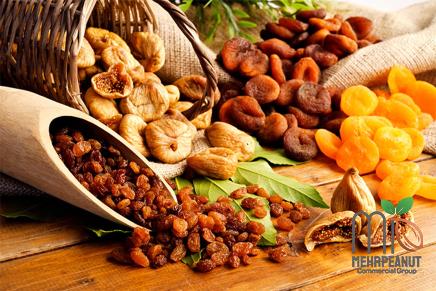
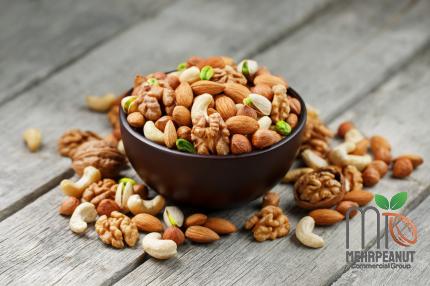
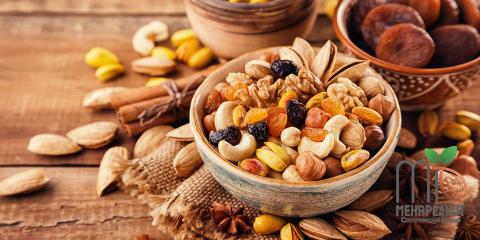
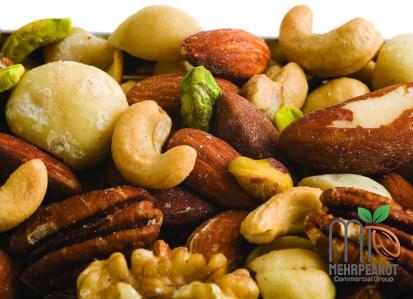
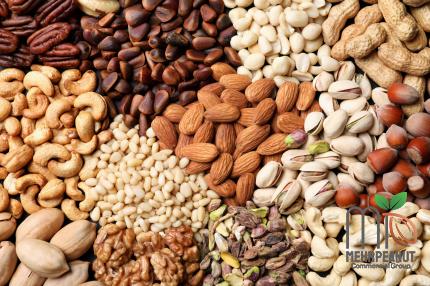
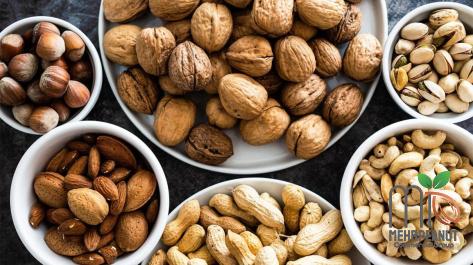
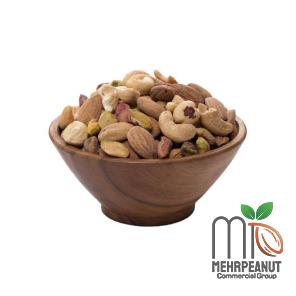
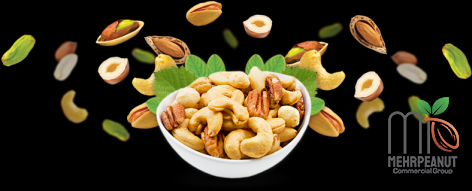
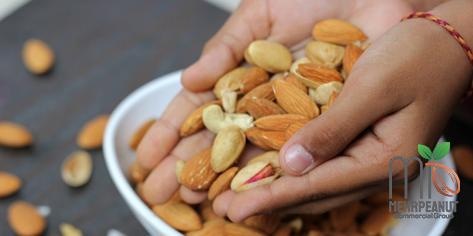
Your comment submitted.